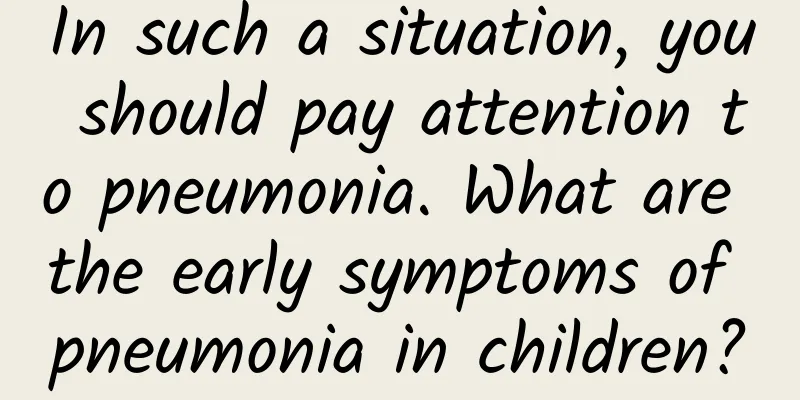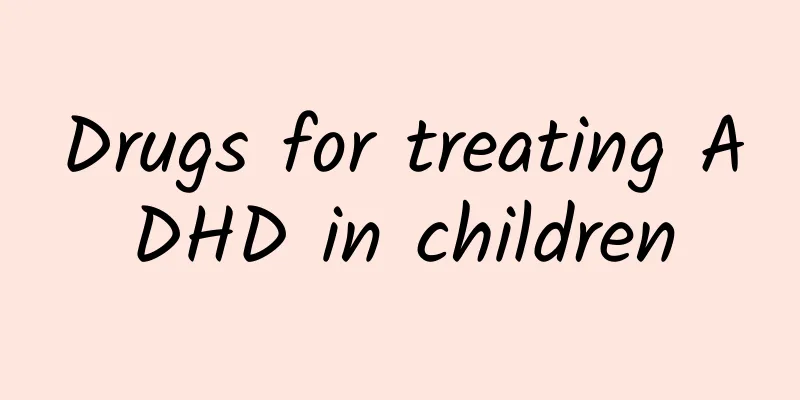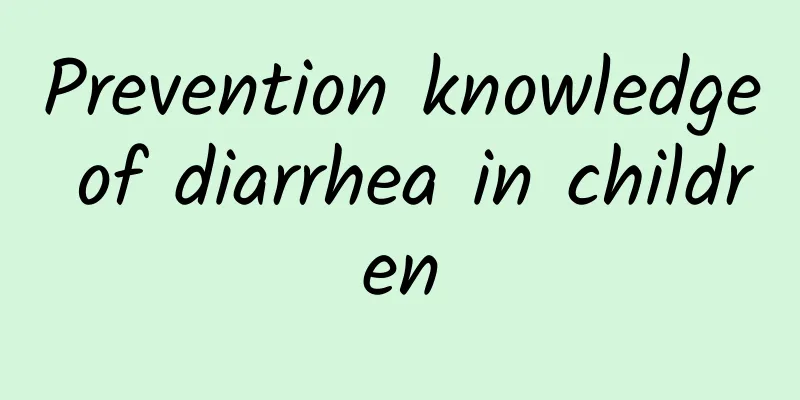Beware of the dangers of Kawasaki disease

|
Kawasaki disease is not very common in normal times, so people know little about it. However, experts say that the number of patients with this disease is gradually increasing. Kawasaki disease always has high fever as the initial manifestation, so people often confuse Kawasaki disease with colds and fevers. In fact, this is not the case. Experts remind people to be vigilant about the dangers of Kawasaki disease. The following are the relevant details. 1. High fever persists Kawasaki disease can occur all year round, but it often occurs in winter. Its first symptom is fever and red spots on the body, so it is often misdiagnosed as a cold, measles or scarlet fever. However, the symptoms of Kawasaki disease are different from those of a cold. Unlike a cold, there is no cough, sneezing or runny nose. The symptoms of a common cold will ease after 3 days of fever, and the body temperature will begin to drop, but Kawasaki disease continues to have a high fever, with a body temperature between 38℃ and 39℃, and the fever can last for more than 5 days. When Kawasaki disease has a fever for about two days, red rashes of varying sizes will appear all over the body, the lips will become dry and cracked, the mucous membranes in the mouth will become red, and small red bumps will grow on the tongue, which look very much like the "thorns" of fresh bayberries, called bayberry tongue. The eyes will be congested and red, the joints of the hands and feet will become stiff and swollen, and red spots will be visible on the fingers and toes. After the body temperature drops, the skin on the hands and feet, especially near the nails, will have flaky peeling. The lymph nodes on both sides of the neck and under the jaw are swollen. During the peak period of colds, if a child has a fever, especially a persistent high fever or the above symptoms, parents should not think that it is just a common cold and give the child some anti-cold medicine. They should consider the possibility of Kawasaki disease and take the child to the hospital for examination and treatment as soon as possible. 2. The real danger lies in organ damage The harm of Kawasaki disease to children is not the external symptoms such as fever, rash and swollen lymph nodes, but the harm to the heart and other organs. Some children with Kawasaki disease may suffer from multiple organ damage such as heart, brain, liver, lung and kidney, among which cardiovascular damage is the most prominent, which mostly occurs 2 to 3 weeks after onset and can last for months to years. The types of cardiovascular damage complicated by Kawasaki disease include coronary artery aneurysms, coronary artery dilatation, coronary artery stenosis or occlusion, etc. Aneurysms can be single or multiple, and most of them can disappear in 1 to 2 years; however, local fibrosis of the vessel wall can promote intimal hyperplasia, resulting in ineffective dilation of the coronary artery. In severe cases, thrombosis, lumen stenosis and occlusion may form, and even myocardial infarction may occur. It can also lead to severe symptoms of cardiac ischemia or develop into ischemic heart disease, which is the main cause of death from Kawasaki disease. |
<<: What are the diagnostic criteria for Kawasaki disease?
>>: Overview of treatments for Kawasaki disease
Recommend
Causes of low alkaline phosphatase
Low alkaline phosphatase can be confusing to many...
Best treatment for eczema in a 4-year-old child
There are many factors that cause pediatric eczem...
What medicine should children take for dry cough
When children have dry coughs, the medication the...
What is the normal value of jaundice in a 10-day-old child?
Newborn babies are prone to jaundice, which is of...
What should I do if my 7-month-old baby has a cough, fever, runny nose and diarrhea?
A 7-month-old baby has a cough, fever, runny nose...
How long does it take for breast milk jaundice to subside on its own?
Breast milk jaundice is a common type of jaundice...
How to massage a baby with a cough? Is massage effective for a baby with a cough?
When your baby coughs, you can choose to massage ...
What are the early symptoms of hand, foot and mouth disease? What are the main sources of infection of hand, foot and mouth disease?
Hand, foot and mouth disease is an infectious dis...
How to diagnose breast milk jaundice
The most common type of jaundice seen clinically ...
What causes Hirschsprung's disease in infants?
Infantile Hirschsprung's disease is a congeni...
Why does my baby have a dry cough at night? Is my baby's dry cough at night caused by rhinitis?
It is a common condition for children to have dry...
What are the treatments for mumps?
Mumps patients will have many symptoms, and the n...
What is the cause of neonatal jaundice?
What is the cause of neonatal jaundice? Nowadays,...
What is jaundice and what are the symptoms
Jaundice is generally divided into physiological ...
At what age does ADHD disappear?
ADHD, also known as attention deficit hyperactivi...









